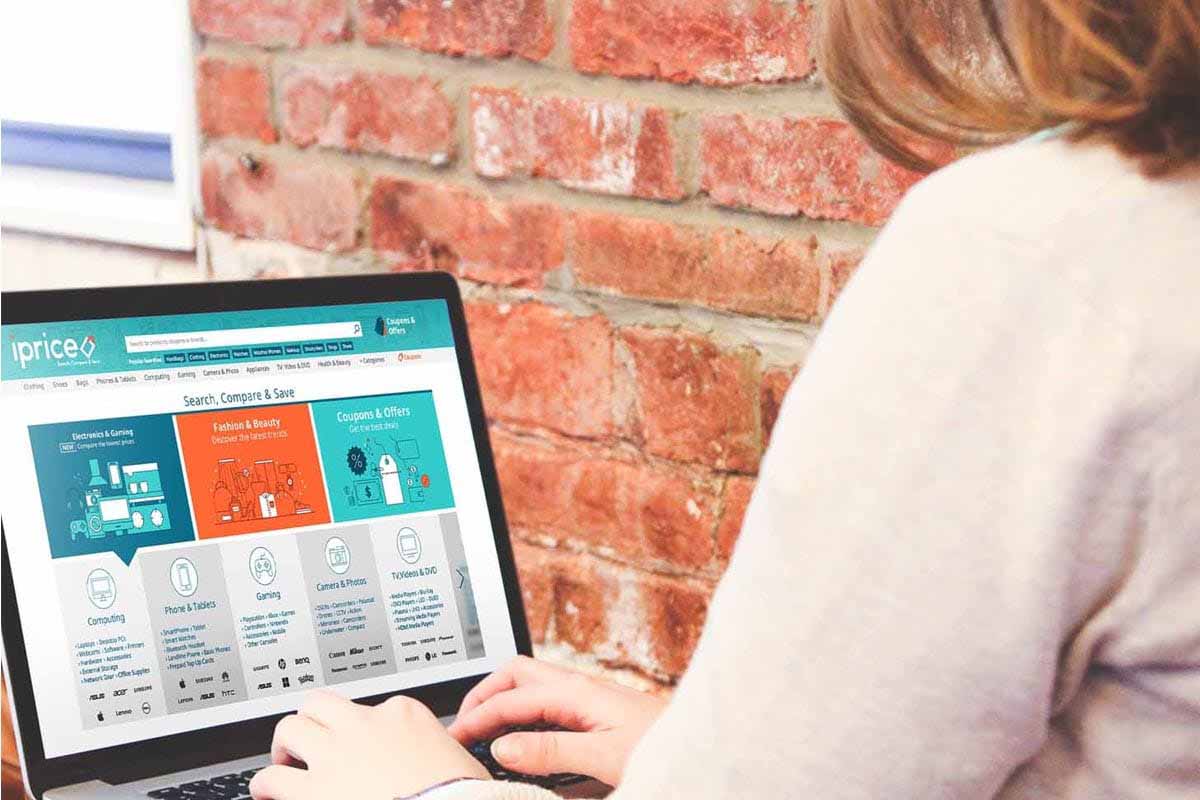The Beginner’s Guide to Website Development

Creating your first website doesn’t have to be a daunting task. With the right guidance and tools, anyone can build a beautiful, functional website that fits their needs. This guide is designed for beginners, breaking down every step of the website development process into manageable pieces.
Why Website Development is Vital
A strong online presence is no longer optional; it’s essential. Whether you’re an entrepreneur, a freelancer, or a small business owner, a website is a must-have tool for reaching a wider audience. Websites serve as digital storefronts, providing information, generating leads, and even facilitating transactions. Plus, they add legitimacy to your brand.
Understanding the importance of website development sets the foundation for your efforts. It’s not just about having an online space; it’s about making it work for you.
Planning Your Website
Any successful website begins with careful planning. Start by defining your website’s purpose. Are you looking to sell products, share information, or showcase your portfolio? Knowing your goals will help guide design choices and functionality needs.
Next, consider your target audience. Who are they? What do they need from your site? Tailoring your content and design to your audience ensures better engagement and user experience.
Finally, map out your site’s structure. Create a sitemap to visualize the pages you need, such as Home, About, Services, and Contact. This blueprint will guide the development process and help keep you organized.
Choosing the Right Domain Name
Your domain name is your website’s address on the internet. Selecting the right one is crucial. Aim for something short, memorable, and relevant to your brand or business. Avoid using numbers or special characters, as these can confuse visitors.
Consider using a keyword in your domain name if possible. This can improve your site’s SEO and make it easier for people to find you through search engines.
Once you’ve settled on a name, use a domain registration service to check its availability and secure it.
Selecting a Web Hosting Service
Web hosting is where your website lives on the internet. A good hosting service ensures your site runs smoothly and is always accessible. When choosing a host, consider factors like uptime reliability, customer support, and scalability.
Shared hosting is a cost-effective option for beginners. It involves sharing server space with other websites, which keeps costs low. However, if you expect high traffic or need more control, consider VPS (Virtual Private Server) or dedicated hosting.
Introduction to Content Management Systems (CMS)
A CMS simplifies the process of managing your website’s content. Popular CMS options include WordPress, Joomla, and Drupal. WordPress is often recommended for beginners due to its user-friendly interface and extensive plugin library.
A CMS allows you to add, edit, and delete content without needing to know code. It also offers themes and templates to help you design your site quickly.
Designing Your Website
Website design plays a significant role in user experience. Start by choosing a theme or template that aligns with your brand. Keep the design clean and straightforward. Overly complex designs can overwhelm visitors and make navigation difficult.
Focus on creating a positive user experience. Ensure your site is easy to navigate, with clear menus and links. Use high-quality images and consistent fonts and colors to create a cohesive look.

Creating Content
Content is the heart of your website. Aim to provide valuable, engaging information that meets your audience’s needs. Start with essential pages like Home, About, and Contact.
Write clearly and concisely. Use headings and bullet points to break up text and make it easier to read. Regularly update your content to keep it fresh and relevant.
Incorporating SEO Best Practices
SEO (Search Engine Optimization) helps your website rank higher in search engine results. Start with keyword research to identify terms your audience is searching for. Use these keywords naturally in your content, titles, and meta descriptions.
Optimize images by compressing them for faster load times and using descriptive filenames. Ensure your site is mobile-friendly, as search engines prioritize mobile-optimized sites.
Adding Functionality with Plugins
Plugins extend your website’s capabilities. For instance, an e-commerce plugin can turn your site into an online store, while a contact form plugin can facilitate communication with visitors.
Be selective with plugins to avoid slowing down your site. Choose well-reviewed plugins and keep them updated to ensure security and performance.
Testing Your Website
Before launching, thoroughly test your website. Check for broken links, test forms to ensure they work, and make sure all content is displayed correctly on different devices and browsers.
Testing helps identify and fix issues that could negatively impact user experience. It’s a crucial step that ensures your site is ready for visitors.
Launching Your Website
Launching your website is an exciting milestone. Double-check that everything is in place, then publish your site. Share the news with your audience via social media, email, or other marketing channels.
Remember, launching is just the beginning. Continue to monitor your site’s performance and make updates as needed.
Maintaining Your Website
Regular maintenance keeps your website running smoothly. Update your CMS, themes, and plugins to the latest versions to ensure security. Regularly back up your site to prevent data loss.
Monitor website analytics to understand visitor behavior and identify areas for improvement. Keeping your site fresh and functional encourages repeat visits and improves user satisfaction.
Engaging with Your Audience
A successful website fosters engagement. Encourage visitors to leave comments, share your content, and connect with you on social media. Respond to inquiries promptly and build a community around your brand.
Engagement not only builds relationships but also drives traffic and improves SEO. Active websites are seen as more valuable by search engines, leading to better rankings.
Exploring Advanced Features
Once you’re comfortable with the basics, consider adding advanced features. Integrate social media feeds, create a blog, or set up an online store. Advanced features can enhance user experience and provide additional value.
Continuously explore new tools and techniques to keep your site innovative and engaging.
Conclusion
Building your first website might seem challenging, but with the right approach, it’s entirely achievable. Plan carefully, choose the right tools, and focus on creating valuable content for your audience. Remember, your website is a dynamic tool that will evolve with your business.
Ready to take the next step? Start building your website today and watch your online presence grow.










